Beauty apps are everywhere now. From trying on lipstick to testing a new hairstyle, they’ve changed how people experiment with looks. But one crucial question keeps coming up: Do beauty apps really work for everyone? Do they work well for all skin tones and face shapes?
The short answer is: some do, and some still have work to do. This article breaks down why that happens and what it means for users.
Why Representation Matters in Beauty Tech
If an app doesn’t reflect your actual skin tone or face shape, it’s hard to trust the results. Imagine testing a foundation in an app and having it look perfect, but when you try it in real life, it’s too light or too dark. That’s a frustrating experience. It’s even worse if the app makes your face look longer, thinner, or reshapes it without your input.
This is why people ask these questions. They want to feel seen—and they should. Good apps understand this and aim to provide accurate results for every user, not just a narrow range.
Skin Tone Accuracy: How It Works (and Where It Fails)
For a beauty app to match your skin tone, it usually uses facial detection and lighting analysis. The app scans your photo or uses a live camera to figure out your skin’s color and undertone. It then applies makeup filters or virtual products that should blend naturally with your skin.
Here’s where problems can happen:
- Poor lighting can throw off the scan and make your skin appear lighter or darker.
- Some apps were trained using mostly light-skinned data, so they don’t always apply products accurately on deeper skin tones.
- Foundations or concealers might look gray or ashy because the virtual product isn’t built to adapt well across the spectrum.
The good news is that many makeup websites now work with beauty apps to improve this. Some link directly to brand libraries with a wide range of shades, and the better apps have made updates that reflect a more inclusive tone range. Still, not every app gets it right yet.
Face Shape Customization: Why It’s Tricky
Most people don’t have a perfectly round, oval, or heart-shaped face. Real face shapes are a mix. Some have a wider forehead and a narrow chin, others have high cheekbones with a strong jawline. When apps apply makeup, they often assume a standard face shape unless they’re trained to detect your specific features.
This can lead to:
- Contour or blush being placed too low or too high
- Lipstick extending beyond the natural lip shape
- Eye shadow sitting in a spot that doesn’t line up with your actual eye crease
These issues can make the results look “off” or feel fake, especially for people with non-standard facial features.
However, newer apps are improving. Some now analyze facial structure in more detail, adjusting the makeup placement based on your unique shape. Others even let you manually move the makeup around until it looks right. That’s a huge step toward making these tools work for everyone.
What to Look for in a Reliable Beauty App
If you want a tool that respects your real features, here are a few things to look for:
- Manual controls – Apps that let you adjust makeup placement usually perform better than those that don’t.
- Lighting correction – This helps the app better read your actual skin tone.
- Inclusive product libraries – Many makeup websites now feature diverse models and partner with apps to offer shades that look good on more people.
- Real-time previews – Apps that use your live camera feed often apply products more naturally compared to static photo editors.
Conclusion
So, do apps work with all skin tones and face shapes? They can, but not all of them do it well. The best apps use better AI, more diverse training data, and tools to personalize the experience. Others still apply makeup based on outdated models that don’t reflect everyone.
If you’ve tried an app and felt like it didn’t “get” your face, you’re not alone, and it’s not your fault. Tech isn’t perfect, but it’s improving. More companies are working to fix the gaps as more users speak up and demand better options. The link between tech, real beauty, and inclusivity is growing stronger, especially with help from more innovative apps and more diverse makeup websites.
For more Articles Visit: https://techners.net/
ㅤ ㅤ ㅤ ㅤ ㅤ ㅤ ㅤㅤ ㅤ ㅤ ㅤ ㅤ ㅤ ㅤㅤ ㅤ ㅤ ㅤ ㅤ ㅤ ㅤ ㅤ ㅤ ㅤㅤ ㅤ ㅤ ㅤㅤ ㅤ ㅤ ㅤ ㅤ ㅤ ㅤ

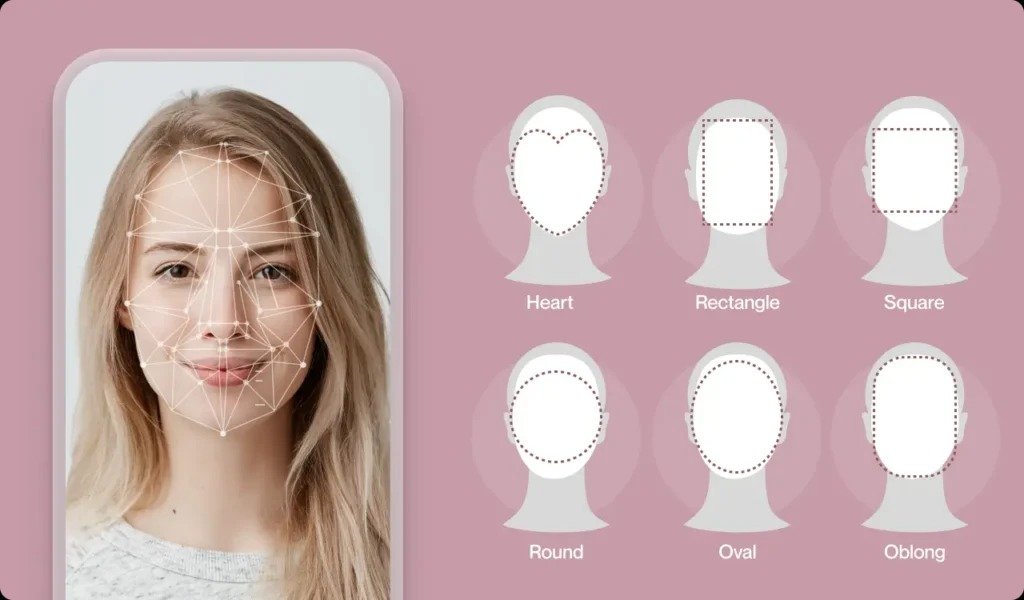
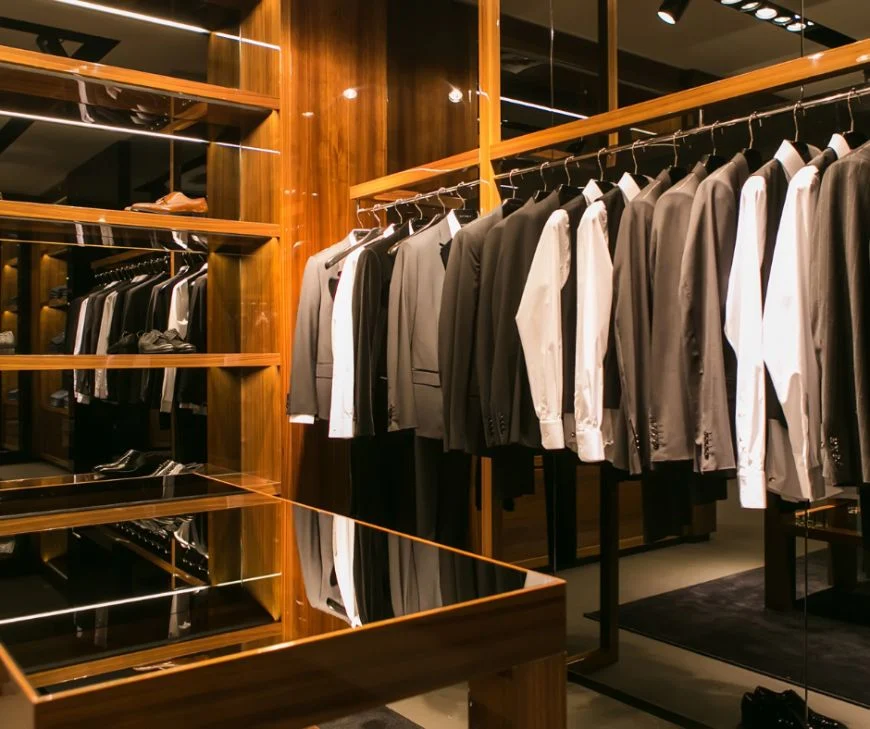
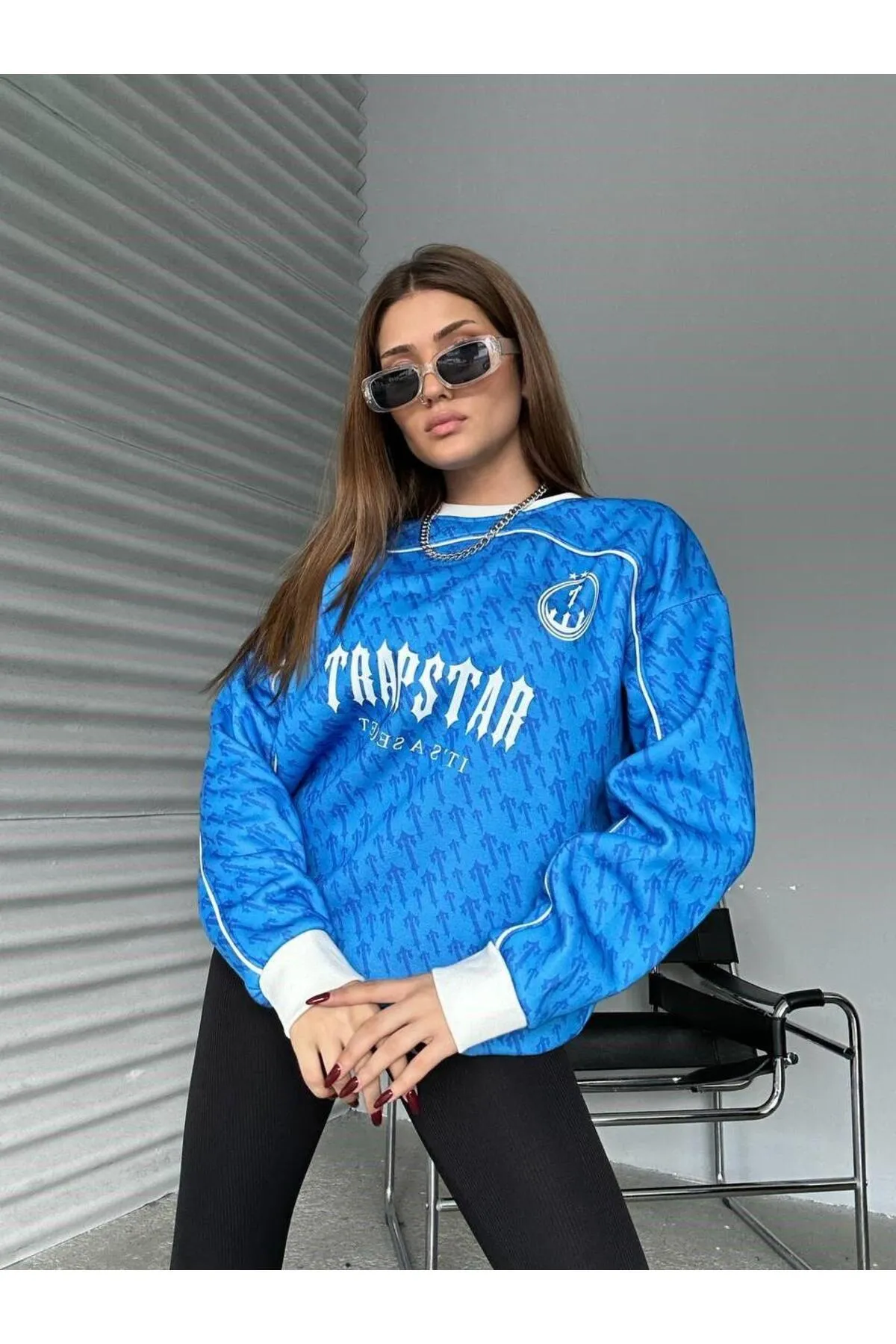
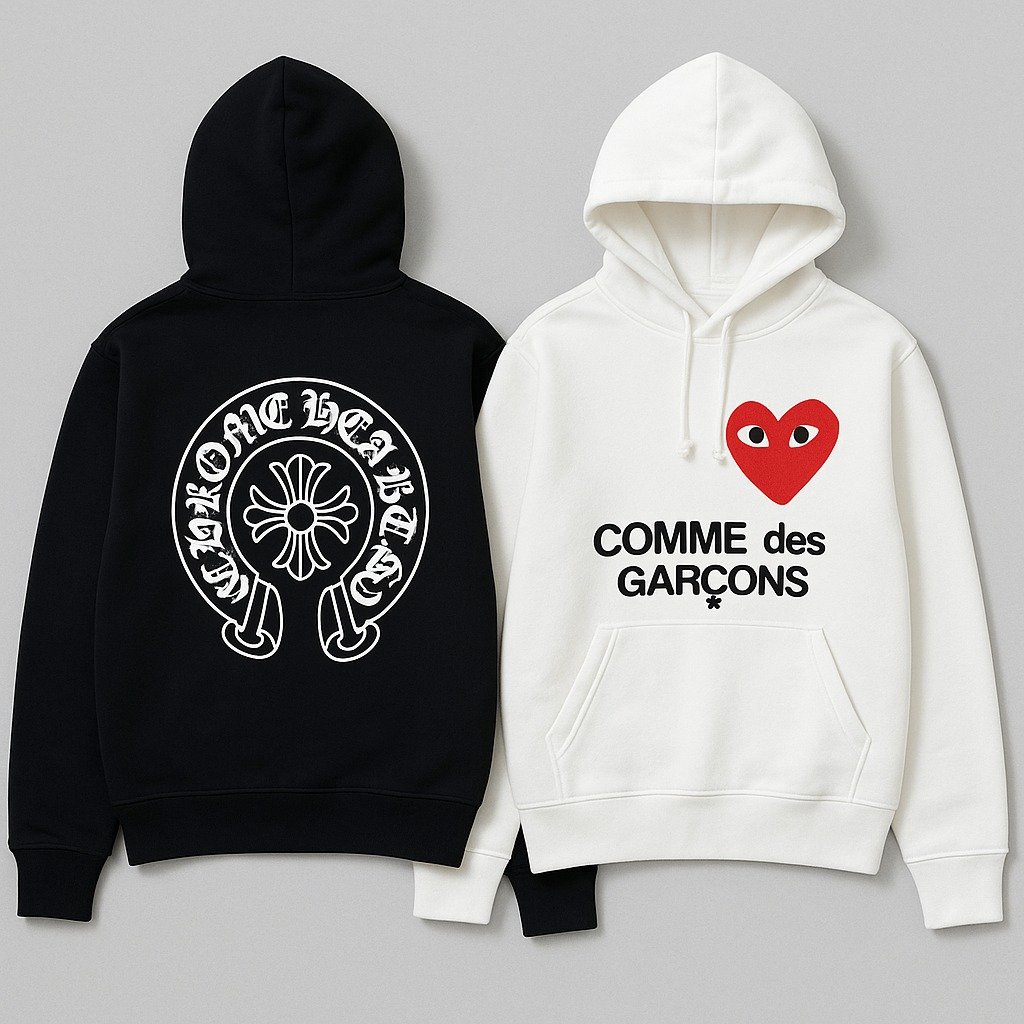
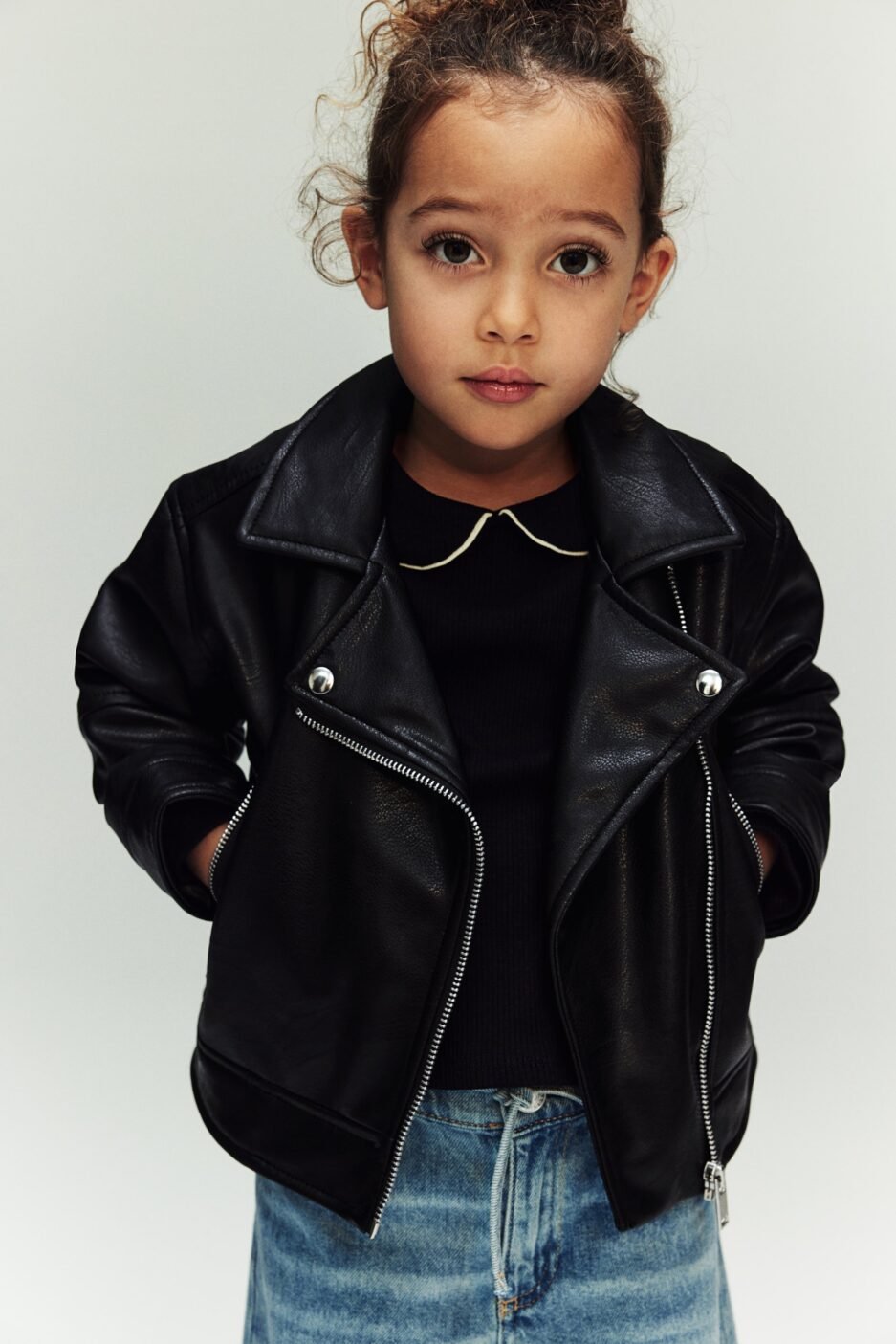
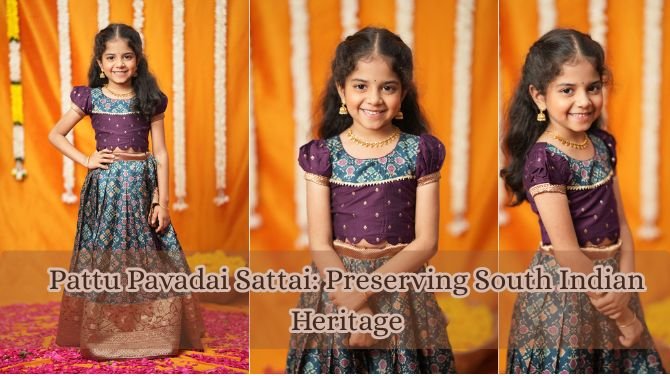

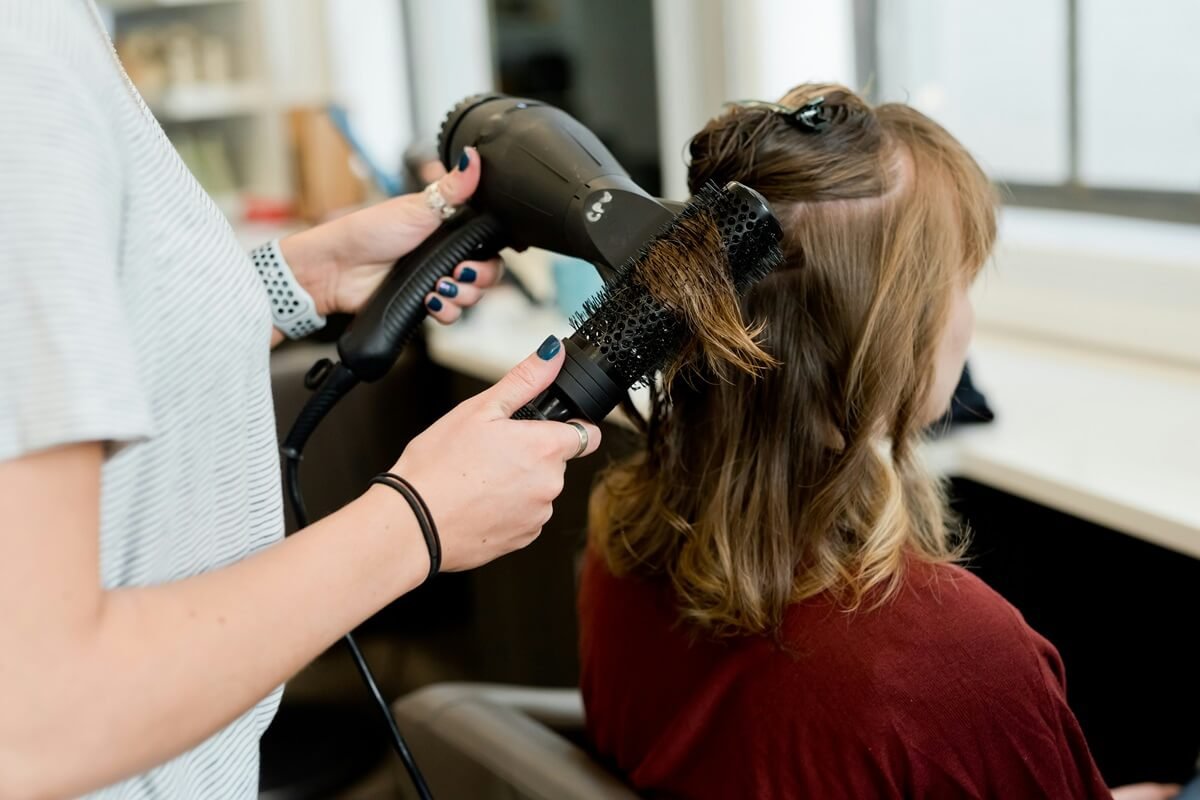

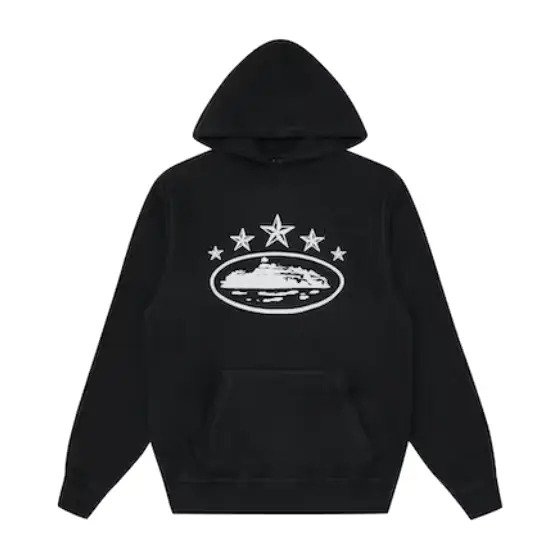
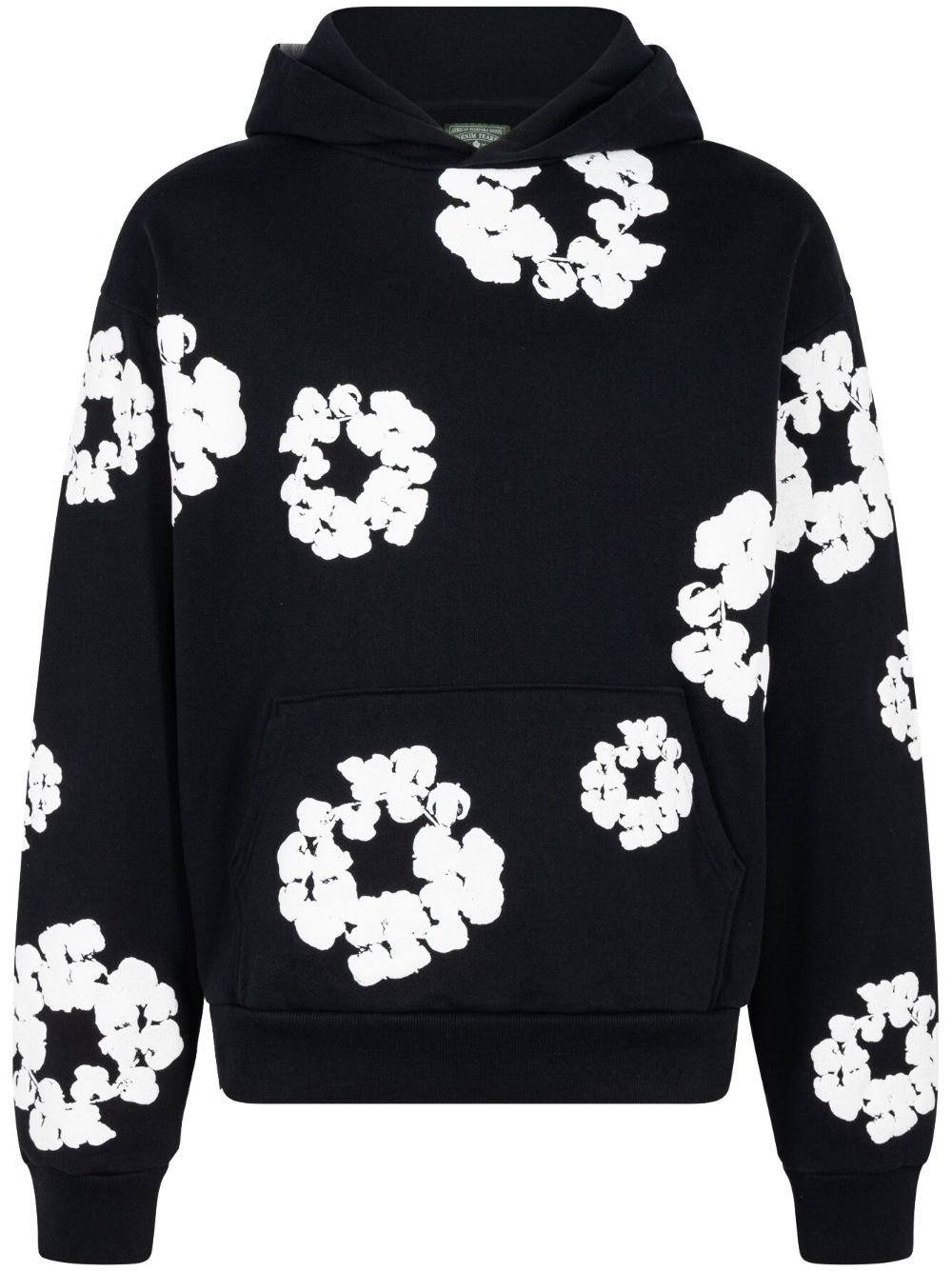
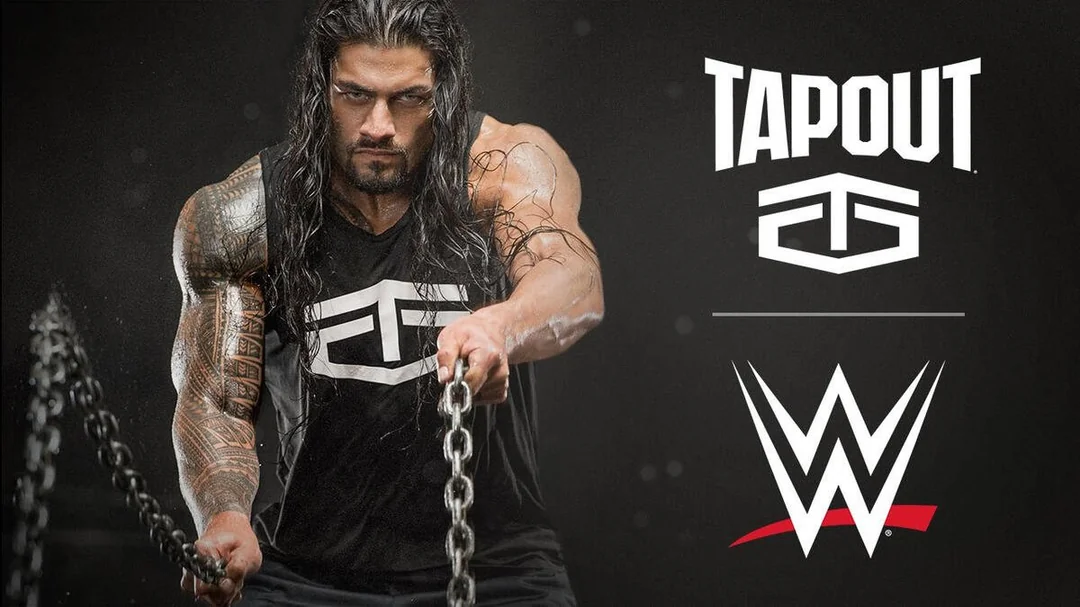
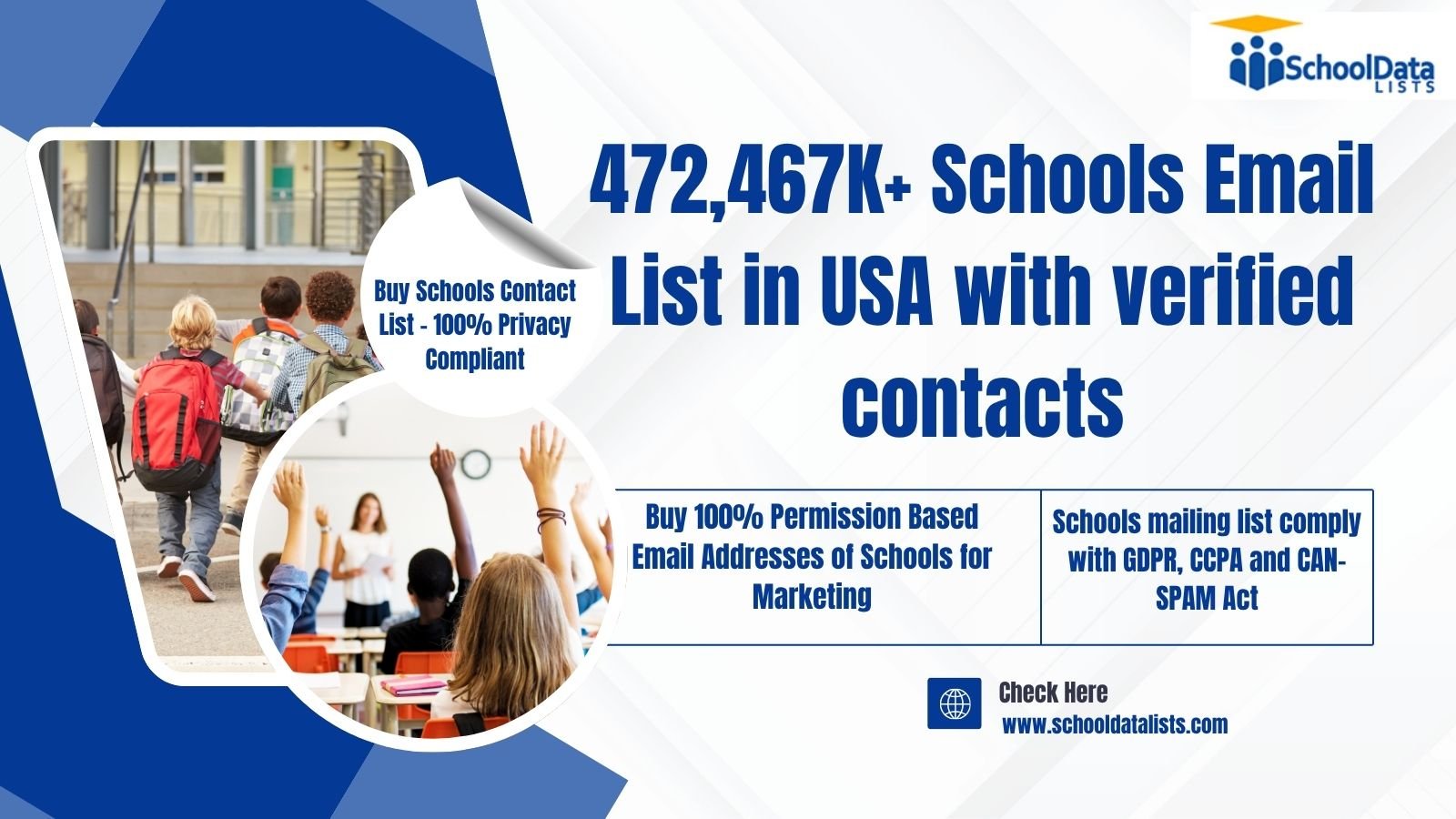
Leave a Reply